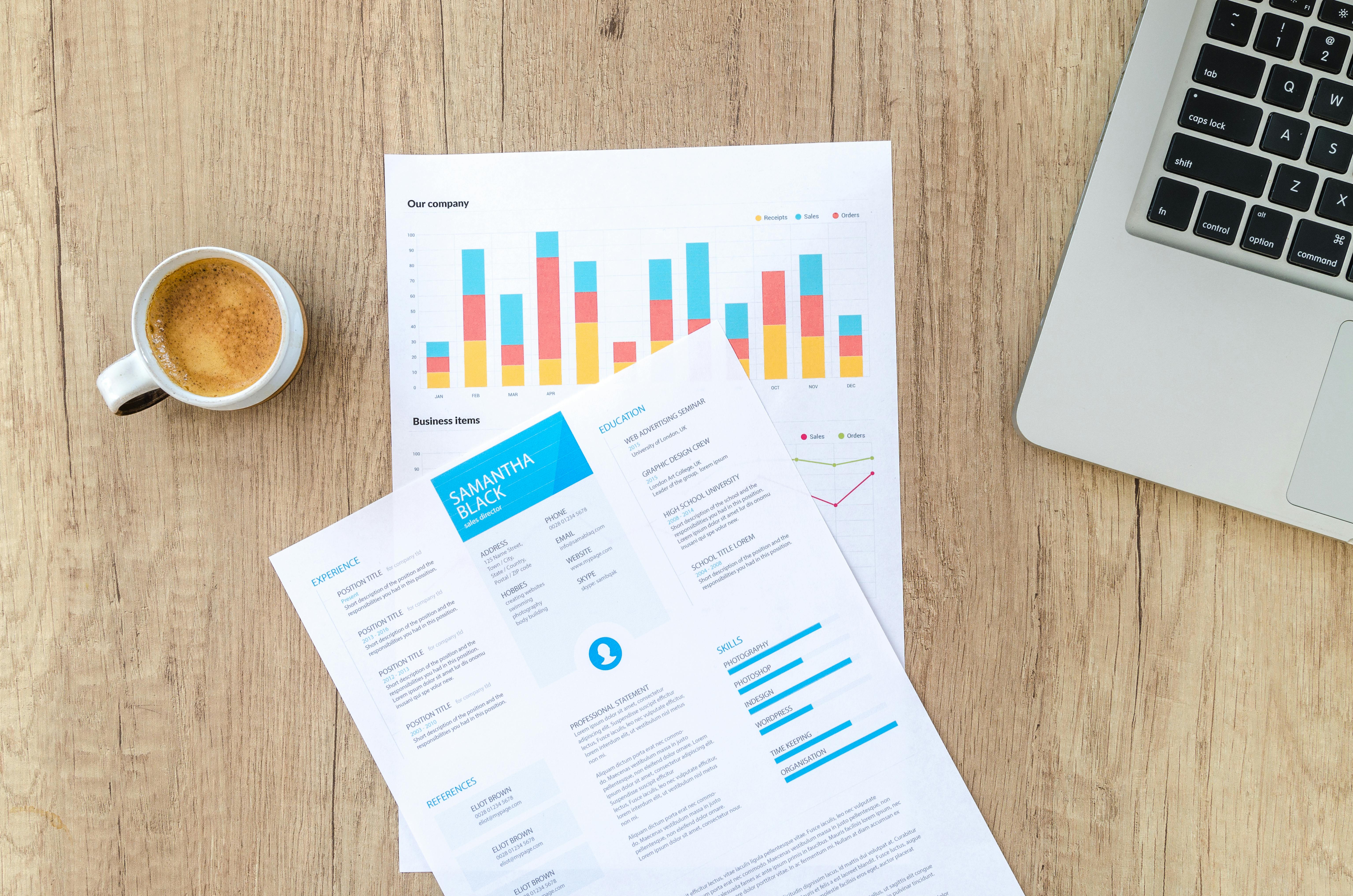AI Model BizGen Generates Infographics From Articles

Top post
From Text to Infographic: Advances in Business Content Generation
The automated creation of visual content from text descriptions is gaining increasing importance. Especially in the business environment, there is a high demand for quickly and efficiently generated infographics and presentations. While current text-to-image models deliver impressive results in converting individual sentences into images, the generation of complex, multi-page business content based on entire articles presents a significantly greater challenge.
A recently published paper titled "BizGen: Advancing Article-level Visual Text Rendering for Infographics Generation" addresses this very problem. The authors address the difficulties arising from processing significantly longer text passages and the lack of high-quality training data for business content. In contrast to previous approaches, which often focus on individual text sections and a limited number of sub-areas, BizGen aims for the precise implementation of complex layouts with dozens or even hundreds of elements.
The Challenges of Infographic Generation
Creating infographics from longer texts presents AI systems with several challenges. The sheer text length requires efficient processing and structuring of the information. Furthermore, the generated visual elements must not only correspond to the individual text sections, but also be harmoniously integrated into the overall layout. The coherence between text and image, as well as the visual aesthetics, play a crucial role in the quality of the results.
BizGen: A New Approach
The BizGen system presented in the paper relies on two central innovations: First, a comprehensive dataset called "Infographics-650K" was created, consisting of high-quality business content with complex layouts and corresponding text descriptions. This dataset enables effective training of AI models for generating infographics. Second, a layout-driven cross-attention method was developed that precisely assigns the text information to the individual areas of the layout, thus enabling detailed visual implementation. This method allows flexible adaptation of individual elements and ensures consistency between text and image.
Results and Outlook
The results of BizGen show a significant improvement over previous state-of-the-art systems. The generated infographics are characterized by high accuracy and visual quality. The authors hope that the newly created "Infographics-650K" dataset and the developed methods will further advance research in the field of business content generation. The automated creation of infographics and presentations could significantly streamline workflows in companies in the future and open up new possibilities for visual communication.
Developments in the field of AI-supported content creation are dynamic and promising. Systems like BizGen demonstrate the technology's potential for automating complex tasks and generating high-quality visual content. Further research in this area will expand the possibilities of automated content creation and open up new fields of application.
Bibliographie: Peng, Y., Xiao, S., Wu, K., Liao, Q., Chen, B., Lin, K., Huang, D., Li, J., & Yuan, Y. (2025). BizGen: Advancing Article-level Visual Text Rendering for Infographics Generation. CVPR 2025. https://cvpr.thecvf.com/Conferences/2025/AcceptedPapers Lin, K. (n.d.). Personal Website. https://sites.google.com/site/kevinlin311tw/me Bostan, B., & Adalı, S. (2024). TextInVision: Text and Prompt Complexity Driven Visual Text Generation Benchmark. arXiv preprint arXiv:2407.14138. Li, K., & Li, J. (2019). Text-to-Viz: Automatic generation of infographics from proportion-related natural language statements. IEEE Visualization Conference (VIS),. Li, K., & Li, J. (2019). Text-to-Viz: Automatic Generation of Infographics from Proportion-Related Natural Language Statements. arXiv preprint arXiv:2212.10562. Bohnacker, H., Gross, B., Laub, J., & Lazzeroni, C. (2012). Generative design: visualize, program, and create with processing. Princeton Architectural Press..png)


